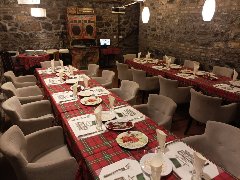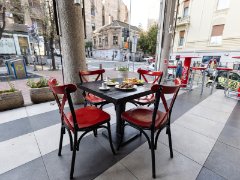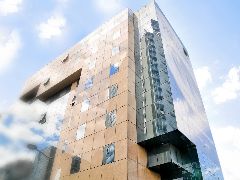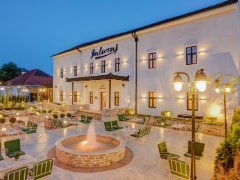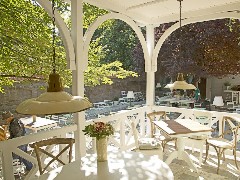
CLOSED OPENS IN 38 MIN
The National Library of Serbia was built between 1966 and 1972 after the design by architect Ivo Kurtovic. The author conceived it as a free standing, detached, building in the area around St. Sava’s church. Although the building of the national Library is a work of contemporary architecture, architect Kurtovic introduced some elements of the traditional “house”, such as the four – gabled roof and porch, and therefore overall composition implies a traditional code.
Both the exterior and the interior are representative of unornamented contemporary architecture. The building is divided into the public and administrative parts by means of the basic masses and the alternation of big glass surfaces and emphasized reinforced concrete structure. The value of the building rests on its function. The National Library of Serbia, as an institution, is extremely important for the development of culture in Serbia.
The collection of the library is the most significant cultural treasure of the country.
The National Library of Serbia was built between 1966 and 1972 after the design by architect Ivo Kurtovic. The author conceived it as a free standing, detached, building in the area around St. Sava’s church. Although the building of the national Library is a work of contemporary architecture, architect Kurtovic introduced some elements of the traditional “house”, such as the four – gabled roof and porch, and therefore overall composition implies a traditional code.
Both the exterior and the interior are representative of unornamented contemporary architecture. The building is divided into the public and administrative parts by means of the basic masses and the alternation of big glass surfaces and emphasized reinforced concrete structure. The value of the building rests on its function. The National Library of Serbia, as an institution, is extremely important for the development of culture in Serbia.
The collection of the library is the most significant cultural treasure of the country.








